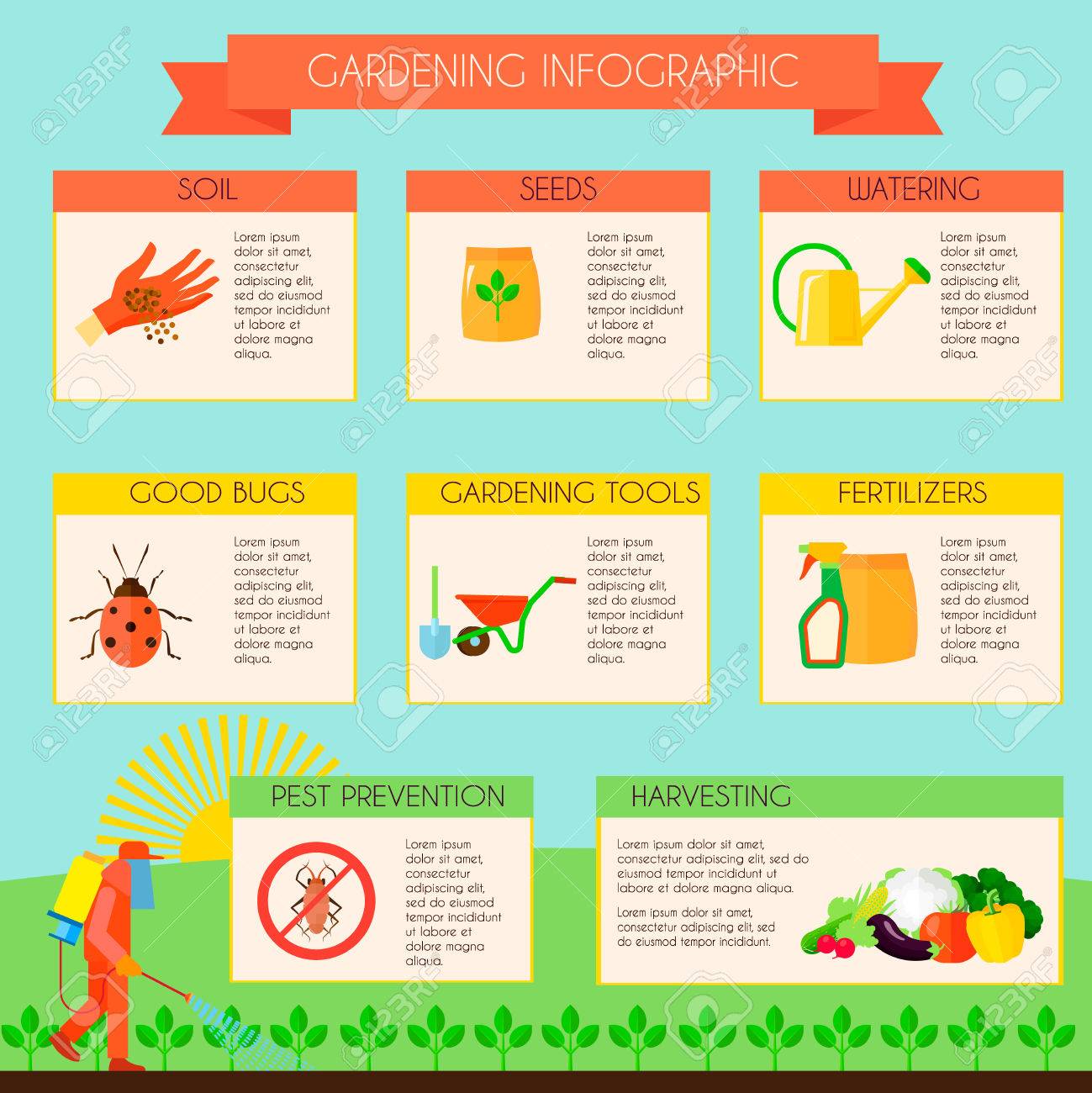Tips For Homeowners: How To Keep Rodents Out Of Your Attic
Tips For Homeowners: How To Keep Rodents Out Of Your Attic
Blog Article
Team Author-Jenkins Bay
Picture your attic as a comfortable Airbnb for rats, with insulation as cosy as hotel cushions and electrical wiring a lot more tempting than room service. Currently, picture these undesirable guests tossing a wild party in your house while you're away. As a home owner, guaranteeing your attic room is rodent-proof is not just about assurance; it has to do with securing your building and liked ones. So, what basic steps can you take to safeguard your shelter from these furry trespassers?
Examine for Entrance Details
To start rodent-proofing your attic room, inspect for access points. Beginning by meticulously taking a look at the outside of your home, searching for any kind of openings that rats could utilize to access to your attic room. Check for voids around energy lines, vents, and pipelines, in addition to any kind of splits or openings in the structure or house siding. Ensure to pay very close attention to areas where different structure products meet, as these prevail entrance factors for rats.
Furthermore, inspect roof rat removal for any type of harmed or missing out on shingles, in addition to any kind of voids around the sides where rodents might squeeze via. Inside the attic, seek signs of existing rodent activity such as droppings, chewed cords, or nesting products. Use a flashlight to extensively check dark edges and hidden areas.
Seal Cracks and Gaps
Examine your attic room thoroughly for any cracks and voids that require to be sealed to prevent rodents from entering. Rodents can press with even the smallest openings, so it's critical to seal any kind of possible entry factors. Check around pipelines, vents, cables, and where the walls satisfy the roofing system. Utilize a combination of steel woollen and caulking to seal these openings properly. Steel woollen is an exceptional deterrent as rats can not eat via it. Ensure that all voids are securely secured to reject access to undesirable pests.
Don't ignore the value of securing voids around windows and doors as well. Usage weather removing or door moves to seal these locations efficiently. Inspect the locations where energy lines go into the attic and secure them off using an appropriate sealant. By making best rat control to seal all cracks and voids in your attic, you produce an obstacle that rats will locate challenging to breach. Avoidance is type in rodent-proofing your attic room, so be extensive in your initiatives to seal off any kind of possible access points.
Eliminate Food Resources
Take positive procedures to remove or store all possible food resources in your attic room to hinder rodents from infesting the room. Rats are attracted to food, so eliminating their food sources is critical in keeping them out of your attic room.
Here's what you can do:
1. ** Shop food firmly **: Avoid leaving any food things in the attic. Shop all food in airtight containers made from metal or sturdy plastic to prevent rats from accessing them.
2. ** Clean up particles **: Remove any kind of piles of particles, such as old newspapers, cardboard boxes, or wood scraps, that rats could utilize as nesting material or food resources. Keep the attic clutter-free to make it less attractive to rodents.
3. ** Dispose of rubbish effectively **: If you use your attic room for storage and have garbage or waste up there, ensure to get rid of it routinely and properly. Rotting trash bin bring in rodents, so keep the attic clean and free of any natural waste.
Final thought
Finally, keep in mind that an ounce of prevention deserves a pound of remedy when it involves rodent-proofing your attic room.
By putting in the time to inspect for access factors, seal cracks and gaps, and eliminate food sources, you can maintain unwanted insects away.
Keep in mind, 'An ounce of prevention is worth an extra pound of cure' - Benjamin Franklin.
Keep aggressive and shield your home from rodent invasions.
